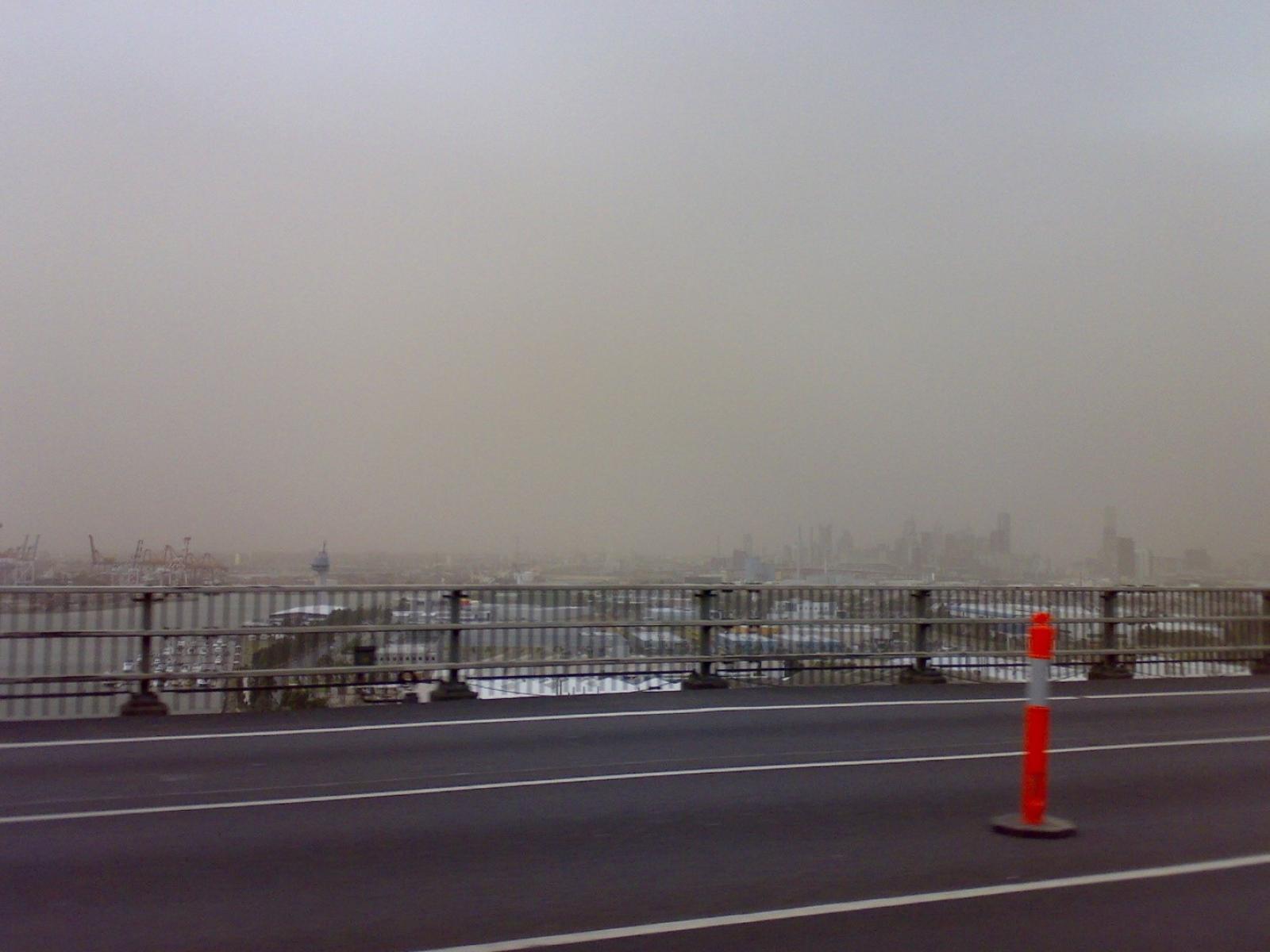Understanding the Impacts of Dust and Sea Salt Mixing States on Nitrate Aerosol
How a model treats gas transfer behavior onto dust and sea salt particles significantly influences nitrate aerosols and their effects on climate

A new advanced aerosol chemistry module enables a global climate model to simulate nitrate aerosols and estimate their climate impacts.
(Photo by Paul Harrison | Flickr)
The Science
Nitrate aerosols affect many components of the Earth’s climate system (e.g., clouds, energy budget, atmospheric chemistry, and biogeochemistry) at local and global scales. However, nitrate aerosols are not well represented and are even neglected in many global climate models. Researchers introduced an advanced aerosol chemistry module to a global climate model to simulate nitrate aerosols and estimate their climate impacts. They found that the mixing state of dust and sea salt particles has a strong impact on the formation of nitrate aerosols and their effects on climate.
The Impact
Researchers estimated the climate impacts of nitrate aerosol using the Department of Energy’s Energy Exascale Earth System Model version 2 (E3SMv2). The results highlight the importance of and uncertainties in estimating nitrate aerosol’s climate impacts and the large uncertainties. Researchers also found that how models treat the transfer of nitric acid gas (HNO3) to/from particles and how the associated particle composition significantly affects the nitrate life cycle. The results highlight how the interactions between nitrate and natural aerosols affect simulations of nitrate aerosol.
Summary
Atmospheric aerosols play an important role in the Earth's climate system through their effects on radiation and clouds. However, their representation continues to be a major uncertainty in global climate models. Nitrate aerosols account for a notable fraction of total aerosol mass, but are neglected in many climate models. Researchers introduced an advanced aerosol chemistry module, Model for Simulating Aerosol Interactions and Chemistry (MOSAIC), into E3SMv2 to simulate nitrate aerosols and their radiative effects. Modeled nitrate concentrations are in good agreement with aircraft observations but have positive biases relative to ground-based network measurements. The researchers found that nitrate aerosols simulated by the E3SMv2-MOSAIC model are sensitive to the treatment of nitric acid gas (HNO3) transfer to/from dust and non-dust particles. When the model uses different treatments of HNO3 transfer for dust and sea salt particles, sensitivity experiments show improved nitrate surface concentrations over remote ocean and dust outflow regions based on limited observations and improved vertical profiles of nitrate concentrations against aircraft measurements.
This research used National Energy Research Scientific Computing Center, a Department of Energy Office of Science User Facility, resources.
PNNL Contact
L. Ruby Leung, Pacific Northwest National Laboratory, Ruby.Leung@pnnl.gov
Funding
This research is supported by the Department of Energy, Office of Science, Biological and Environmental Research, Earth System Model Development program area as part of the E3SM project.
Published: April 3, 2023
M. Wu, et al. 2022. “Development and evaluation of E3SM-MOSAIC: Spatial distributions and radiative effects of nitrate aerosol.” Journal of Advances in Modeling Earth Systems, 14, e2022MS003157. [DOI: 10.1029/2022MS003157]